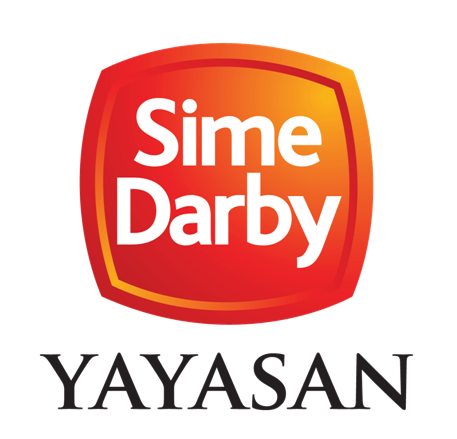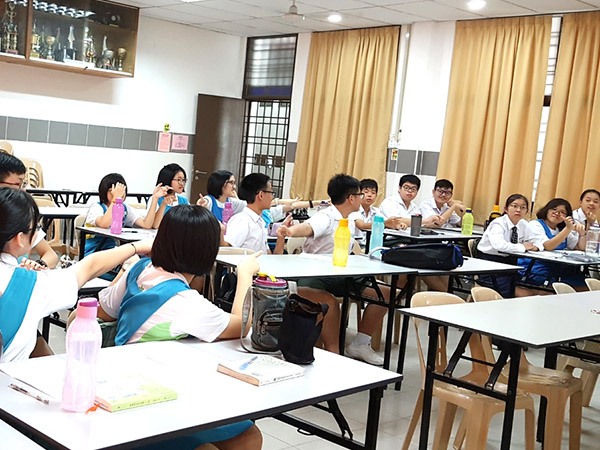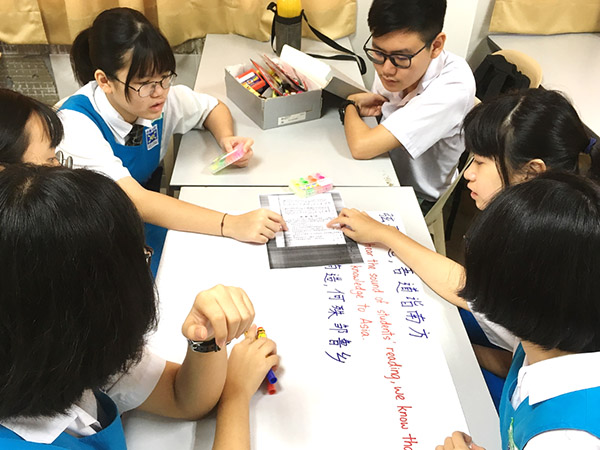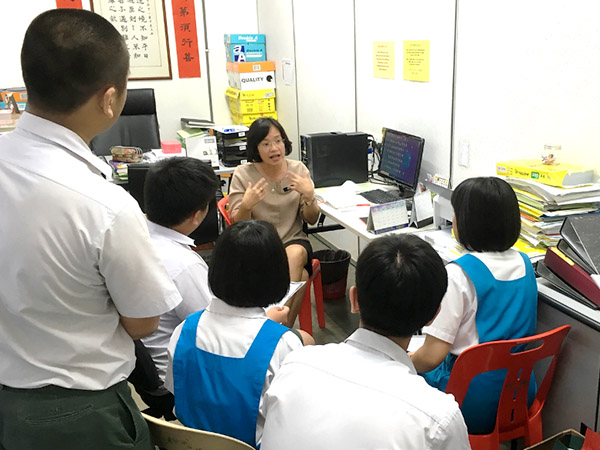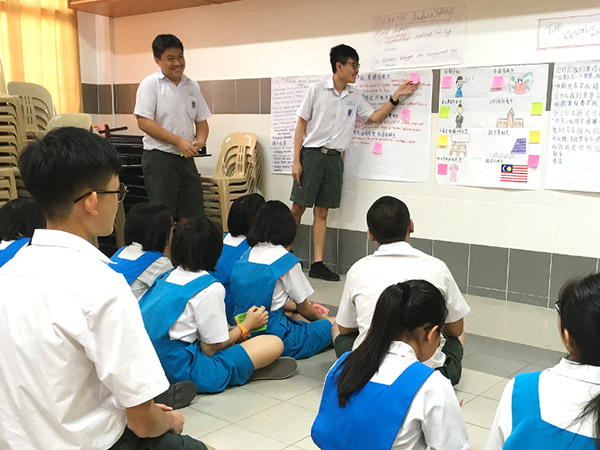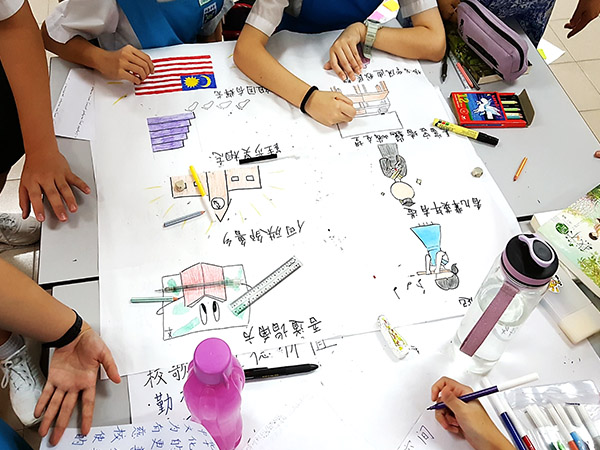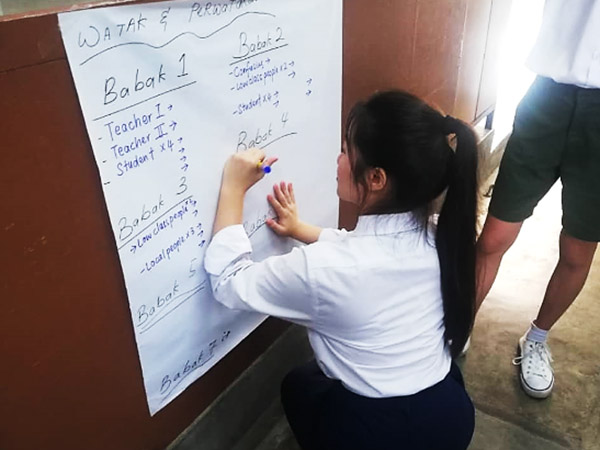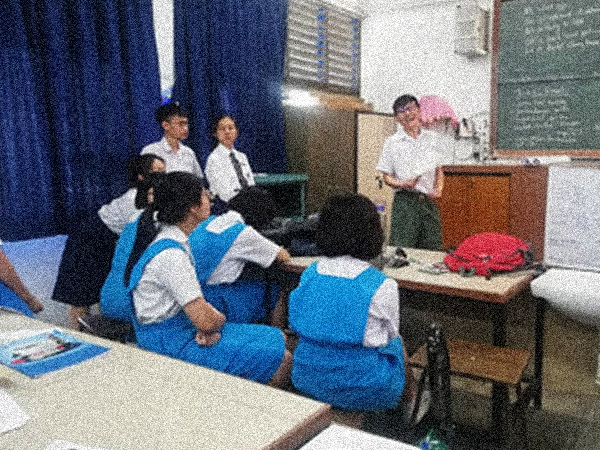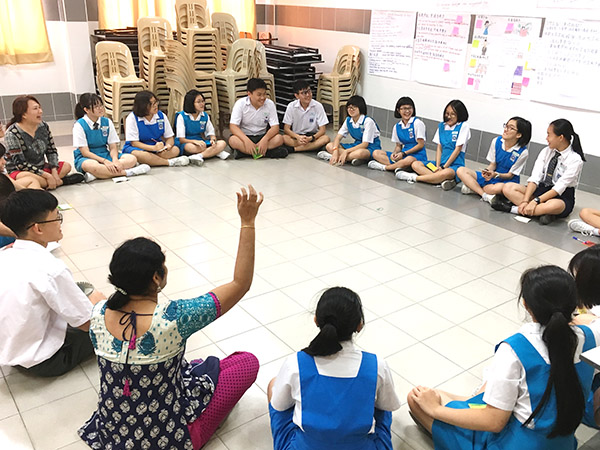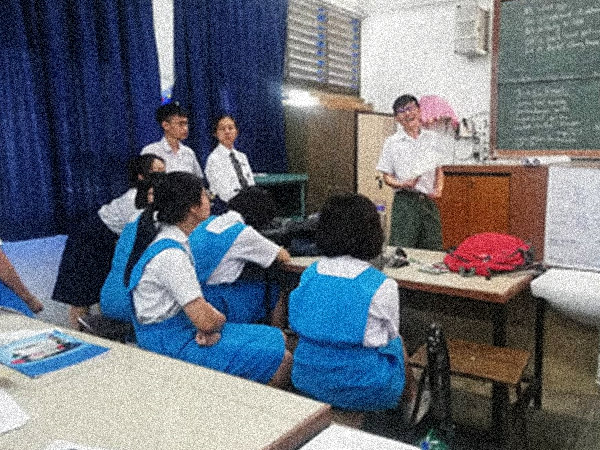Meaning of My School Song
Why does every school have a school song? Students explore the significance of their own school song and the meaning behind its lyrics.
Project at a Glance
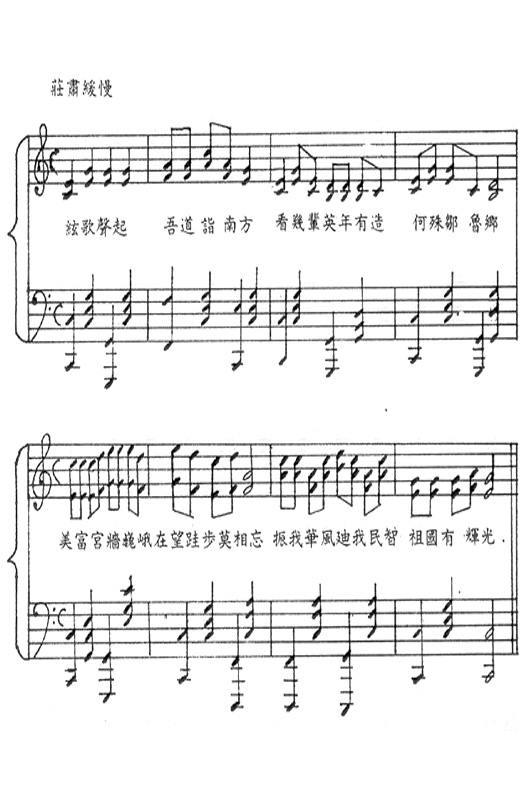
Driving Questions
How does our school song represent and enhance our collective identity?
Creative Medium
Song, skit, and slideshow-making
Community
SMJK Chung Hwa Confucian
Participants
13–15 year olds
Human Resources
N/A
Timeframe
8 hours
Relevant Subjects
History, Languages, ICT

Knowledge
- Understand the meaning of the school song’s lyrics.
- Understand the connection between the history of the school and the school song.

Skill
- Interview and interact with the school community to gather stories about the school.
- Communicate and collaborate with peers during group discussions and activities.

Value
- Cultivate a sense of pride in the school.
- Appreciate the lyrics of the school song.
- Connect personally with the lyrics of the school song by relating them to their own educational journey.
Suggested Activities:
- SELF – Encourage students to reflect on their personal connection to the school song, considering how its themes resonate with their own values and identity.
- SELF AND FAMILY – Prompt students to explore their family’s cultural background and traditions, connecting these discoveries to the broader themes found in the school song.
- SCHOOL AND NEIGHBOURHOOD – Organise a community event or initiative that aligns with the themes and values identified in the song. An example: Collaborate with school alumni or community members to create a mural that visually represents the themes and values celebrated in the school song. Encourage students to actively participate in the painting process.
Context and Citizenship
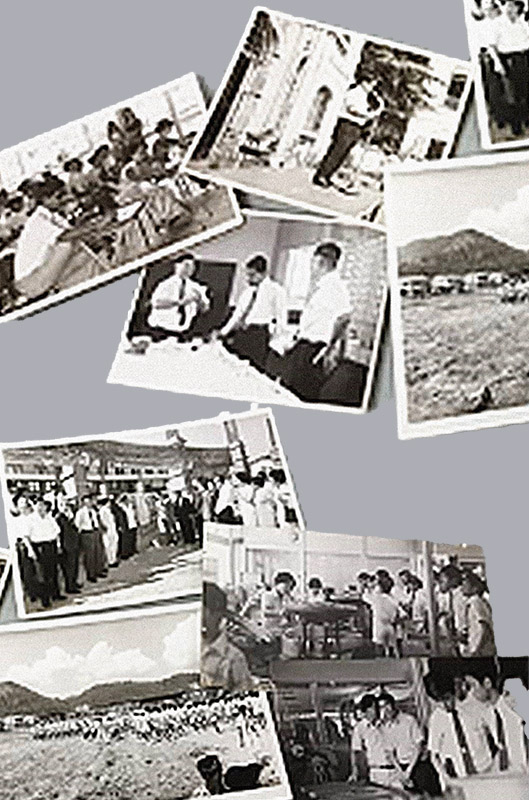
A school is the heartbeat of a community. How a school evolves is closely linked to the development of the community in which the school is located; the children cultivated in the classrooms grow up to be future leaders shaping the community, while local events shape the school’s culture and directions.
The school song is a key aspect of school identity. It carries the history and unique character of a school, representing its core values, mission, and traditions. The shared experience of singing a school song creates a sense of unity and belonging. The creation of a school song is inextricable from the school identity, which is inseparable from local history and community identity. What can we understand about a school and a community through its school song?
Components of Learning
Activity 1 - Reflection on Personal Experience with School Song
To gauge their initial perception of the school song, students were prompted to share key words about the meaning of the school song lyrics.
Then, students watched a video of themselves singing the school song during a recent school assembly which was recorded by the teacher. They analysed the lack of enthusiasm they expressed while singing the school song and reflected on the situation as well as their own connection with the school song.
Activity 2 - Analysis of the School Song through Translation
To analyse the school song in detail, students translated the lyrics from Mandarin Chinese into Bahasa Melayu or English. This activity helped them focus on the meaning of each word as well as the entire song, refining their own understanding through discussion and collaboration with their classmates.
Activity 3 - Interview skill-building
To prepare for conducting interviews to gather more information about the origins and meaning of the school song, students worked in small groups to create a list of questions for their assigned interviewee. They also practised interview skills in role-play sessions.
Activity 4 - In-depth Interview
Activity 5 - Data Analysis and Evaluation
Students processed data from interviews for further understanding and interpretation of the school song’s lyrics. They shared their findings, using a “traffic-light” tool to evaluate the presented information. This step aimed to consolidate their insights and help structure their analysis.
Activity 6 - Creative Interpretation and Synthesis through Drama
Activity 7 - Reflection on Findings
Activity 8 - Class Presentation and Knowledge Sharing
To share the meaning of the school song with more peers, students presented the skit along with an additional slideshow presentation. They also shared some personal reflections from their project experience.
After the presentation, the students and other schoolmates who attended the sharing reflected on the following key questions:
- Am I able to connect with the school song lyrics?
- What is the importance of the school song?
- If I could change the school song lyrics, would I?
How to Adapt

Community
Besides interviewing members of the school community, consider facilitating students to interview community members or local historians about the history of the school and the school song to further explore the link between the school and the community.

Creative Medium
Other than a skit, are there other suitable mediums for your students to interpret the school song and share their findings? You could explore choreography or video-making.

Topic
What are some ways to deepen the students’ learning? Consider facilitating students to investigate more current students’ and teachers’ perceptions of the school song and the school identity. This will allow students to link the past and present, thus painting a more comprehensive narrative of the evolution of the school.
This project was originally conducted in Sekolah Menengah Jenis Kebangsaan Chung Hwa Confucian by Cikgu Wong Chee Fong, Cikgu Sutha a/p Subramaniam, and Cikgu Wong Poh Sim as part of Arts-ED’s 2019 Teacher Training Programme.
